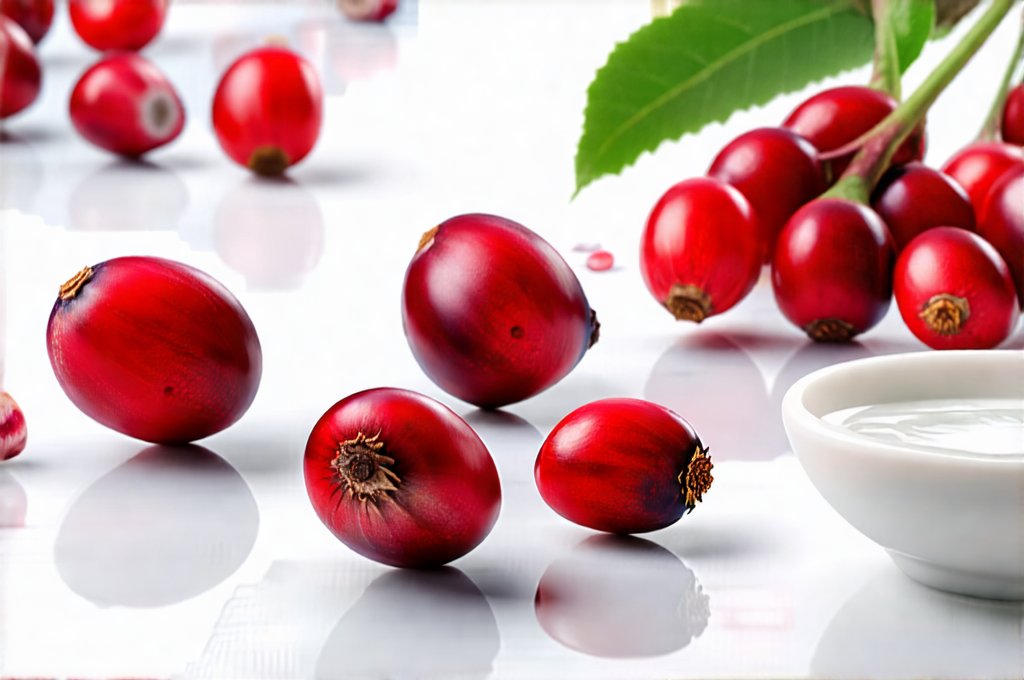Cranberry juice – often touted as nature’s remedy for urinary tract infections (UTIs) – has become deeply ingrained in wellness culture. Many reach for it at the first sign of discomfort, believing it’s a simple, effective solution. However, the reality is more nuanced: cranberry doesn’t work for everyone, and even when it does offer some benefit, its effectiveness is often overstated or misunderstood. This discrepancy between expectation and outcome stems from a complex interplay of factors, ranging from individual physiology to variations in product quality and evolving bacterial resistance.
The widespread belief in cranberry’s power originates from research showing that compounds found in cranberries – specifically proanthocyanidins (PACs) – can help prevent E. coli bacteria from adhering to the walls of the urinary tract. This adhesion is a crucial step in UTI development, so preventing it theoretically reduces infection risk. However, this protective mechanism isn’t foolproof, and many elements influence whether or not someone experiences relief from cranberry consumption. Simply put, the science behind cranberry’s purported benefits is more complex than popular narratives suggest, and a deeper understanding is needed to navigate its role in preventative health.
The PAC Factor: Quantity & Variability
The core of cranberry’s potential benefit lies within proanthocyanidins (PACs). These compounds are naturally occurring plant chemicals with antioxidant properties, but their specific impact on UTI prevention comes from their ability to interfere with bacterial adhesion. However, the amount of PACs in different cranberry products varies significantly. This is a critical point often overlooked. – Cranberry juice cocktails frequently contain minimal actual cranberry content, instead relying heavily on sugar and other fruit juices. These provide little to no therapeutic benefit. – Even 100% cranberry juice can have inconsistent PAC levels depending on the cranberry variety, growing conditions, processing methods, and storage duration. – Supplements marketed as containing concentrated PACs are also subject to quality control issues; some may not deliver the advertised amount of active compounds. This inconsistency explains why some people swear by cranberry while others report no effect whatsoever. They might be comparing apples and oranges—literally and figuratively.
Furthermore, even when a product does contain adequate levels of PACs, their effectiveness depends on whether they reach the urinary tract in sufficient concentration. Factors like digestion, metabolism, and hydration can all impact bioavailability. A dehydrated individual may not have enough urine flow to effectively flush out bacteria, diminishing the benefit of PACs. Similarly, certain medications or dietary habits could interfere with absorption. It’s not just about taking cranberry; it’s about ensuring your body can actually utilize its active components. Why hydration matters so much for female health is crucial to consider when thinking about PAC absorption.
Beyond E. coli: The Complexity of UTI Causes
While E. coli is responsible for the vast majority of UTIs (around 80-90%), other bacteria, fungi, and even viruses can also cause infections. Cranberry’s mechanism – blocking E. coli adhesion – doesn’t address these alternative causes. Someone experiencing a UTI caused by Klebsiella pneumoniae, Proteus mirabilis, or another organism won’t likely find relief from cranberry alone. This highlights the importance of accurate diagnosis. – Self-treating a UTI without identifying the causative agent can lead to delayed appropriate treatment and potentially more serious complications. – Relying solely on cranberry for prevention when you are susceptible to non-E. coli infections is ineffective.
Moreover, UTIs aren’t always straightforward bacterial infections. Factors like hormonal changes (especially during menopause), sexual activity, catheter use, and underlying medical conditions can all increase susceptibility. Cranberry might offer some preventative benefit in certain cases, but it’s rarely a comprehensive solution for individuals with complex risk factors. Addressing the root cause of increased UTI frequency is far more important than solely focusing on cranberry supplementation or consumption.
The Role of Biofilm Formation
A growing area of research focuses on bacterial biofilms in UTIs. Biofilms are communities of bacteria encased in a protective matrix, making them significantly more resistant to antibiotics and immune defenses. While PACs can interfere with initial adhesion, they don’t effectively disrupt established biofilms. This means that if a UTI has progressed to the biofilm stage, cranberry is unlikely to provide significant relief. – Existing biofilms require targeted antibiotic treatment to eradicate. – Prevention remains the most effective strategy for managing recurrent UTIs, and even then, it must address potential biofilm formation.
Individual Variations in Gut Microbiome
The composition of an individual’s gut microbiome can also influence UTI susceptibility and response to cranberry. A healthy gut microbiome supports a robust immune system and helps crowd out harmful bacteria. However, imbalances in the gut – often caused by antibiotics, diet, or stress – can weaken these defenses. – Individuals with compromised gut health may be more prone to UTIs and less responsive to preventative measures like cranberry. – Probiotic supplementation alongside cranberry might offer synergistic benefits for some individuals, but this requires further research.
Antibiotic Resistance & Evolving Bacteria
Bacteria are constantly evolving, and E. coli is no exception. Overuse of antibiotics has contributed to the rise of antibiotic-resistant strains, making UTIs harder to treat. There’s growing evidence that bacteria are also developing mechanisms to resist PACs, potentially diminishing cranberry’s preventative effect over time. – The effectiveness of cranberry might decrease as bacterial resistance increases. – Responsible antibiotic use and exploration of alternative preventative strategies are crucial for combating this trend. This includes staying hydrated, practicing good hygiene, and addressing underlying risk factors. Why antibiotics sometimes don’t work is a concern that impacts all preventative measures. Understanding the reasons behind antibiotic resistance can help you make informed choices about your health and treatment options, while also considering what fluids work best for urinary relief.





















